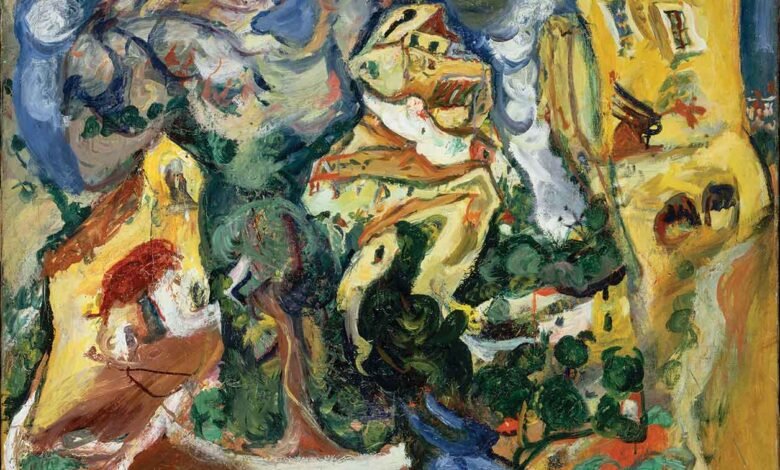The Avant Garde: A Journey Through Innovation and Bold Creativity

Introduction to the Avant Garde
The phrase “Avant Garde” comes from the French language and literally means “advance guard” or “vanguard.” Originally used in military terms, it described the soldiers who marched ahead of the main army. In art, literature, and culture, however, it represents bold creators who move ahead of their time. The challenges tradition, questions norms, and introduces fresh ideas long before they become widely accepted. It is all about innovation, daring, and pushing boundaries.
The Birth of the Avant Garde
The term became popular in the 19th century, especially during the rise of modernism in Europe. Artists, writers, and thinkers began questioning rigid traditions in art, literature, and society. Instead of repeating old styles, they wanted to create something new that reflected the fast-changing world. Early movements often mixed politics with art, believing creativity could inspire social change.
Avant Garde in Art
Visual art has always been one of the most powerful arenas for expression. Painters like Pablo Picasso and Marcel Duchamp redefined what art could be. Picasso’s cubism broke objects into geometric forms, while Duchamp shocked audiences with “readymades” like a simple urinal presented as art. These works challenged the idea that art must be beautiful, realistic, or traditional. Instead, the Avant Garde encouraged viewers to question what creativity truly means.
Avant Garde in Literature
In literature, writers often broke traditional rules of storytelling. They experimented with fragmented narratives, unusual structures, and symbolic language. Writers like James Joyce, with his groundbreaking novel Ulysses, and Gertrude Stein, who explored abstract prose, showed how words could create rhythm and meaning beyond straightforward storytelling. Their works were not always easy to understand, but they invited readers to think differently about language and experience.
Avant Garde in Music
Music also experienced the power of the Avant Garde. Composers such as Arnold Schoenberg introduced atonal music, which abandoned traditional harmony. Later, experimental musicians like John Cage shocked audiences with silence in his famous piece 4’33”, where performers simply sat in silence, letting environmental sounds become the “music.” These experiments asked listeners to redefine what counts as music and sound.
Avant Garde in Fashion
Fashion, too, has embraced spirit. Designers like Yohji Yamamoto, Rei Kawakubo of Comme des Garçons, and Alexander McQueen pushed boundaries with unconventional shapes, bold themes, and dramatic presentations. Fashion is less about following trends and more about creating art to wear. It challenges ideas of beauty, gender, and tradition in clothing.
Avant Garde in Film and Theater
Filmmakers and playwrights also explored ideas. Early experimental films by directors like Luis Buñuel and Salvador Dalí mixed surreal imagery with shocking storylines. Theater groups experimented with non-linear plots, audience interaction, and abstract staging. The goal was to break away from entertainment for entertainment’s sake and instead force audiences to reflect and feel in new ways.
Avant Garde and Society
The Avant Garde has always been more than just art. It often carries political and social messages. By breaking traditions, creators challenge not only aesthetic standards but also cultural and political ones. For example, many movements in the 20th century expressed resistance to war, consumerism, or strict social rules. This rebellious energy made the Avant Garde a powerful tool for change.
Criticism of the Avant Garde
Of course, not everyone has welcomed ideas. Many critics argue that it can be confusing, pretentious, or inaccessible to ordinary people. Some say art is only for elites who understand complex theories. Yet, even with its critics, continues to inspire debate and fresh creativity.
The Lasting Impact of the Avant Garde
Today, ideas remain central to many creative fields. Modern architecture, experimental films, digital art, performance pieces, and even fashion shows often reflect its spirit. The internet has also given rise to new expressions, where memes, digital installations, and interactive art push boundaries in exciting ways. The influence of thinking is everywhere, reminding us to keep questioning and exploring.
Conclusion
This is more than just a movement it is a mindset. It represents courage, innovation, and the refusal to accept limits. Whether in painting, writing, music, film, or fashion, creators stand at the edge of possibility, daring to step into the unknown. Their work may shock, confuse, or even anger people, but it always leaves a mark. And that is the true power of the Avant Garde it changes how we see the world and challenges us to think beyond the ordinary.



